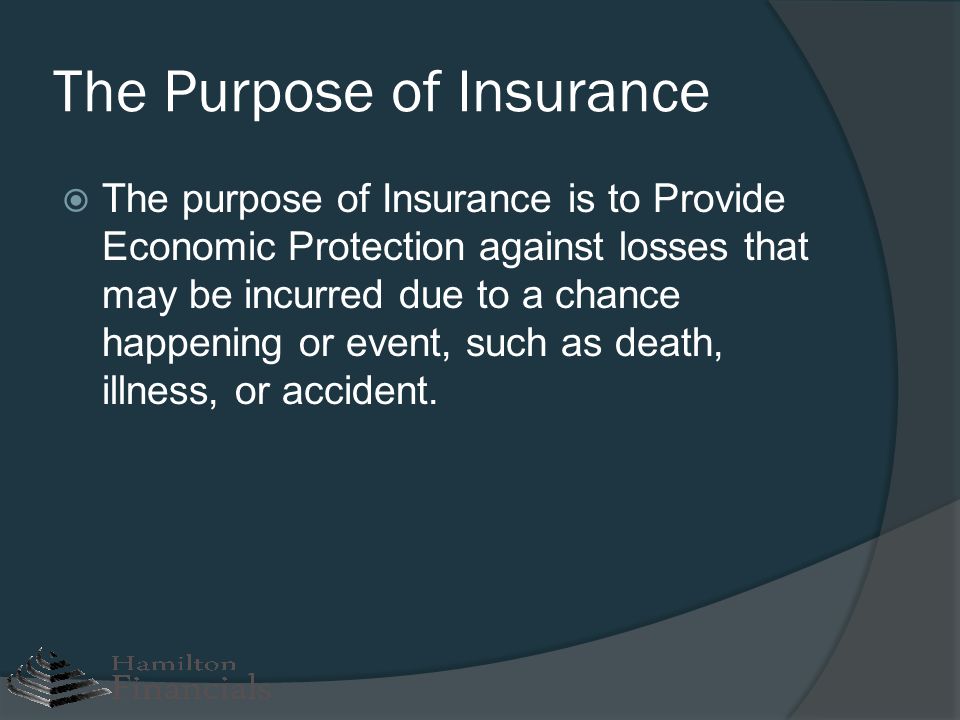An Unbiased View of Pacific Prime
An Unbiased View of Pacific Prime
Blog Article
The Basic Principles Of Pacific Prime
Table of Contents5 Easy Facts About Pacific Prime ExplainedAll About Pacific PrimeWhat Does Pacific Prime Do?How Pacific Prime can Save You Time, Stress, and Money.What Does Pacific Prime Do?

This is because the data were accumulated for a period of solid financial performance. Of the estimated 42 million individuals that were without insurance, just about regarding 420,000 (concerning 1 percent) were under 65 years of age, the age at which most Americans end up being qualified for Medicare; 32 million were adults between ages 18 and 65, around 19 percent of all adults in this age; and 10 million were children under 18 years of age, concerning 13.9 percent of all children (Mills, 2000).
These quotes of the variety of individuals without insurance are generated from the annual March Supplement to the Existing Populace Survey (CPS), carried out by the Demographics Bureau. Unless otherwise noted, national quotes of individuals without medical insurance and percentages of the populace with various kinds of protection are based upon the CPS, one of the most widely utilized source of price quotes of insurance policy protection and uninsurance prices.
The Ultimate Guide To Pacific Prime

Still, the CPS is particularly helpful because it produces annual price quotes reasonably promptly, reporting the previous year's insurance policy coverage estimates each September, and because it is the basis for a consistent collection of price quotes for more than 20 years, enabling evaluation of fads in insurance coverage with time. For these factors, as well as the considerable usage of the CPS in other studies of insurance policy coverage that exist in this record, we depend on CPS estimates, with constraints kept in mind.

The estimate of the number of without insurance people increases when a population's insurance standing is tracked for several years. Over a three-year duration beginning early in 1993, 72 million individuals, 29 percent of the U.S. https://pacificpr1me.wordpress.com/2024/04/03/pacific-prime-your-gateway-to-comprehensive-international-health-insurance-solutions/. populace, lacked protection for at the very least one month. Within a single year (1994 ), 53 million people experienced at least a month without coverage (Bennefield, 1998a)
6 out of every 10 uninsured adults are themselves employed. Although working does boost the chance that and one's household participants will have insurance coverage, it is not an assurance. Also participants of families with 2 full time wage earners have virtually a one-in-ten possibility of being uninsured (9.1 percent without insurance rate) (Hoffman and Pohl, 2000).
The Best Guide To Pacific Prime
New immigrants account for a significant proportion of people without medical insurance. One evaluation has attributed a substantial section of the recent development in the dimension of the U.S. uninsured population to immigrants that arrived in the nation between 1994 and 1998 his response (Camarota and Edwards, 2000). Recent immigrants (those that came to the United States within the previous 4 years) do have a high price of being uninsured (46 percent), however they and their youngsters account for just 6 percent of those without insurance across the country (Holahan et al., 2001).
The partnership in between medical insurance and accessibility to care is well established, as recorded later on in this phase. The relationship in between health and wellness insurance coverage and wellness end results is neither straight neither basic, a substantial scientific and health services study literature web links wellness insurance policy coverage to better access to care, far better high quality, and boosted individual and population health and wellness standing.
Degrees of evaluation for taking a look at the effects of uninsurance. It focuses particularly on those without any type of health insurance coverage for any length of time.
Excitement About Pacific Prime
The issues faced by the underinsured are in some respects comparable to those dealt with by the uninsured, although they are typically much less serious. Health and wellness insurance, however, is neither essential nor sufficient to obtain accessibility to medical solutions. The independent and direct effect of wellness insurance protection on accessibility to health solutions is well established.
Others will certainly acquire the health treatment they need also without medical insurance, by paying for it out of pocket or seeking it from suppliers who supply care totally free or at very subsidized rates. For still others, wellness insurance coverage alone does not ensure invoice of treatment due to various other nonfinancial barriers, such as an absence of healthcare service providers in their area, limited accessibility to transport, illiteracy, or linguistic and social differences.
Pacific Prime Fundamentals Explained
Formal study concerning uninsured populations in the United States dates to the late 1920s and very early 1930s when the Board on the Price of Healthcare created a series of reports regarding funding medical professional office sees and hospitalizations. This problem ended up being significant as the varieties of clinically indigent climbed up throughout the Great Depression.
Report this page